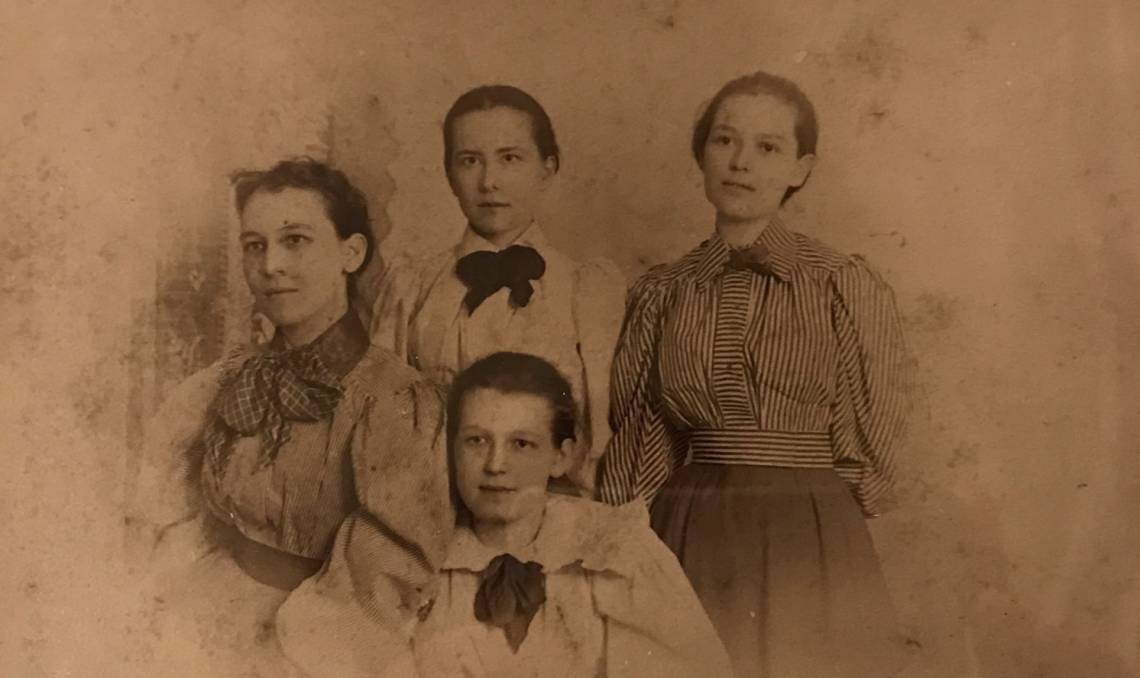Women Admitted to Trinity College 125 Years Ago
Trustees' decision Aug. 3, 1892, allowed women to be admitted as full degree candidates

In the notes from a long day of Trinity College board meetings on Aug. 3, 1892, one sentence stands out: “It was moved and carried that women graduates be admitted to instruction in the College, but not to residence on the grounds.”
That single line was a historic first step for Trinity College in a process that moved the college incrementally toward full coeducational status.
While women had sporadically attended classes at Trinity prior to 1892, the decision by the board set forth a new institutional policy: women could now be admitted as full degree candidates. However, as women were not offered housing in the residence halls, they needed to live nearby or take a room in a local boarding house.
In the 1890s in America, single-sex higher education was the norm. With this decision, Trinity College was taking an uncommon path, one that put it in line with two new universities that opened their doors to men and women as fully coeducational institutions: Stanford in 1891 and the University of Chicago in 1892.
The class rolls for the fall of 1892 include four women students: Ida Carr, Floy and Ella Martin, and Annie Pegram, who was the daughter of Trinity professor of chemistry and English, William H. Pegram, and the granddaughter of Braxton Craven, the first president of Trinity College.
These women noted later that during their time at Trinity, the local philanthropist Washington Duke often inquired after their studies. After they graduated in 1896, Washington Duke made a gift to Trinity College of $100,000, with the provision that women must be admitted “on an equal footing with men”—understood to mean residential education. The size of the gift, and the strings attached, attracted great interest from the public. Many people wrote letters praising Mr. Duke, then 76, for his support of women’s education; he was even offered (but declined) the vice-presidency of the National Suffrage Association. Mr. Duke’s gift enabled the construction of a new dormitory for women called the Mary Duke Building, named for his daughter.
Several of the women in Trinity’s historic Class of 1896 continued as pioneers in higher education. Annie Pegram became a professor of mathematics at Greensboro College; Ida Carr taught home economics at Peabody College in Nashville (now part of Vanderbilt). Mamie Jenkins, who joined the class later, became a professor of English at Eastern Carolina Teachers College, now East Carolina University; today the Mamie Jenkins Building at ECU is the home of the Honors College. The Robesonian newspaper in Lumberton, North Carolina, noted that Pegram, Carr and Jenkins attended their 50th reunion at Duke in 1946 and were honored as members of the first class of women to graduate from Trinity College.
While the Mary Duke Building was demolished in 1909 to make room for Jarvis Dormitory, the education of women at Duke was just beginning.